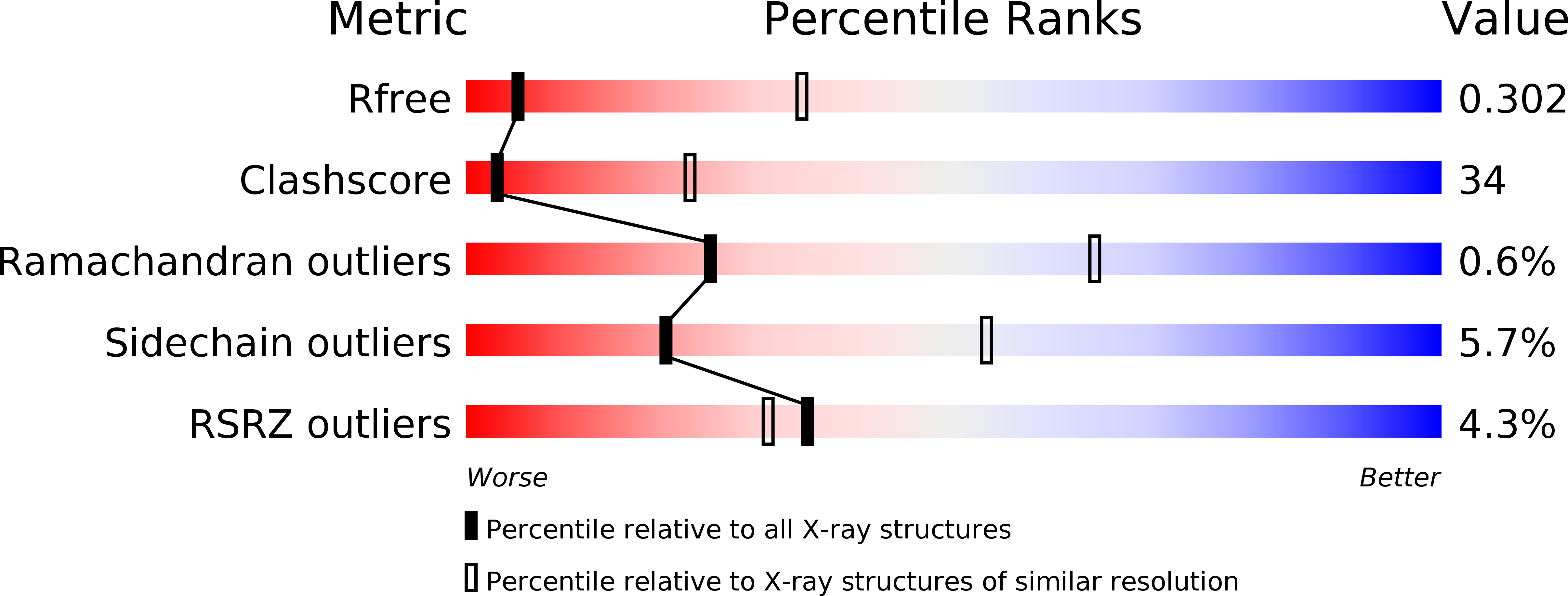
Deposition Date
2012-07-06
Release Date
2012-09-05
Last Version Date
2024-11-27
Entry Detail
PDB ID:
4FZH
Keywords:
Title:
Structure of the Ulster Strain Newcastle Disease Virus Hemagglutinin-Neuraminidase Reveals Auto-Inhibitory Interactions Associated with Low Virulence
Biological Source:
Source Organism:
Newcastle disease virus (Taxon ID: 11190)
Host Organism:
Method Details:
Experimental Method:
Resolution:
3.50 Å
R-Value Free:
0.30
R-Value Work:
0.23
R-Value Observed:
0.23
Space Group:
P 31 2 1


